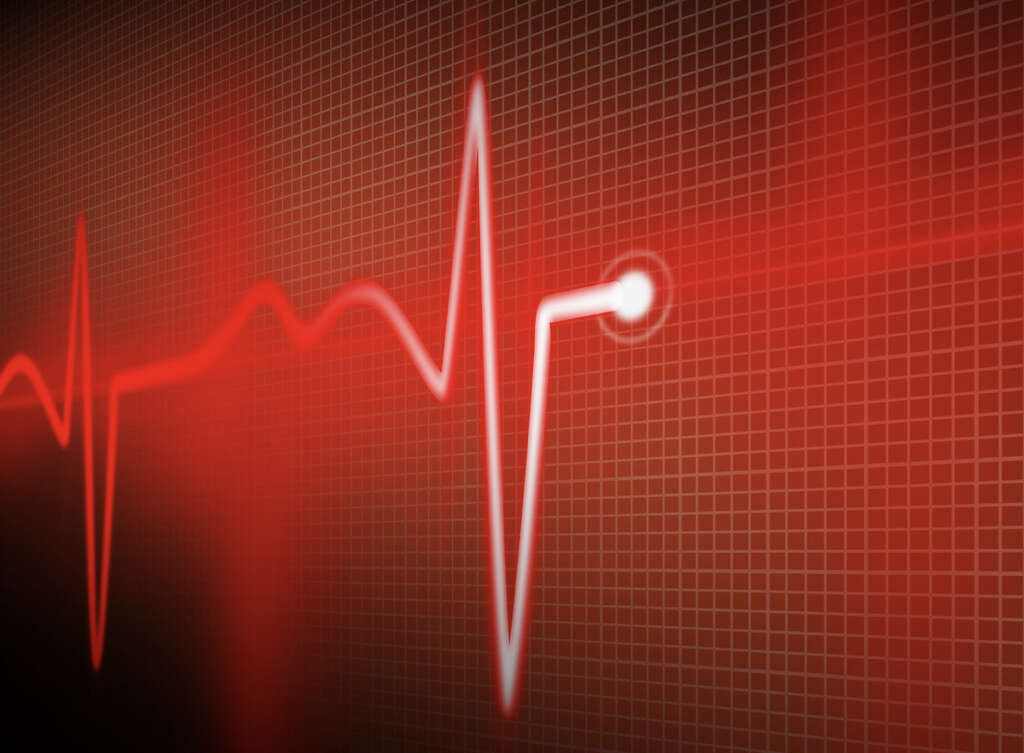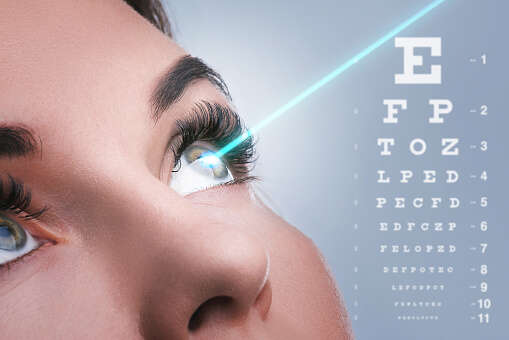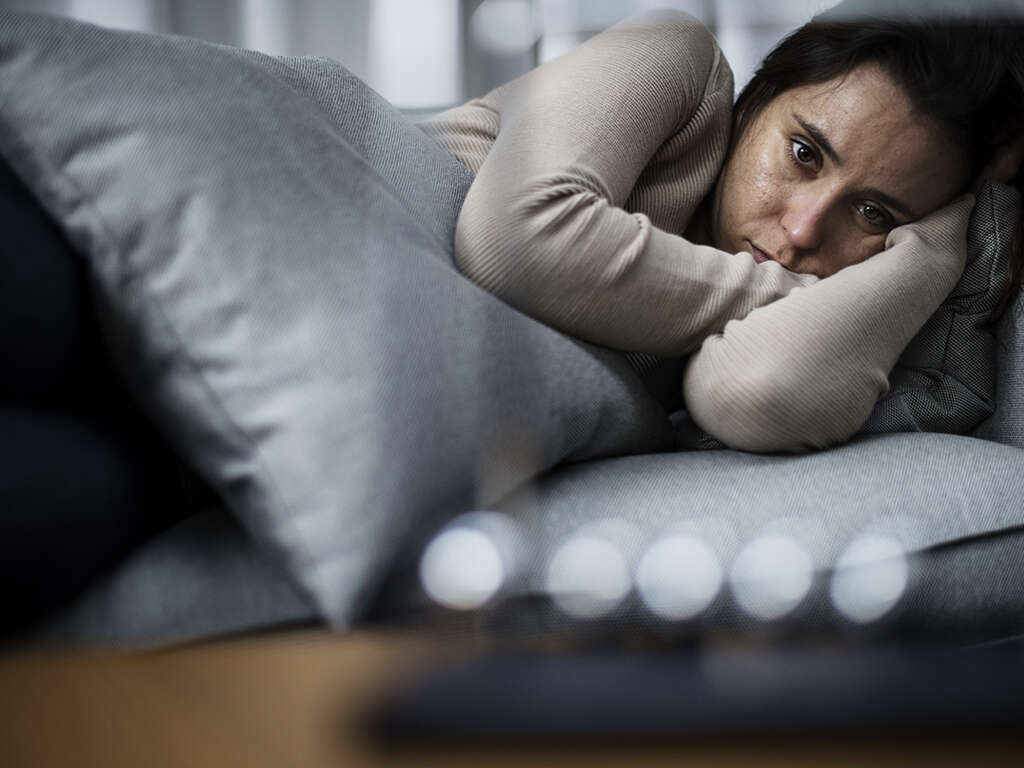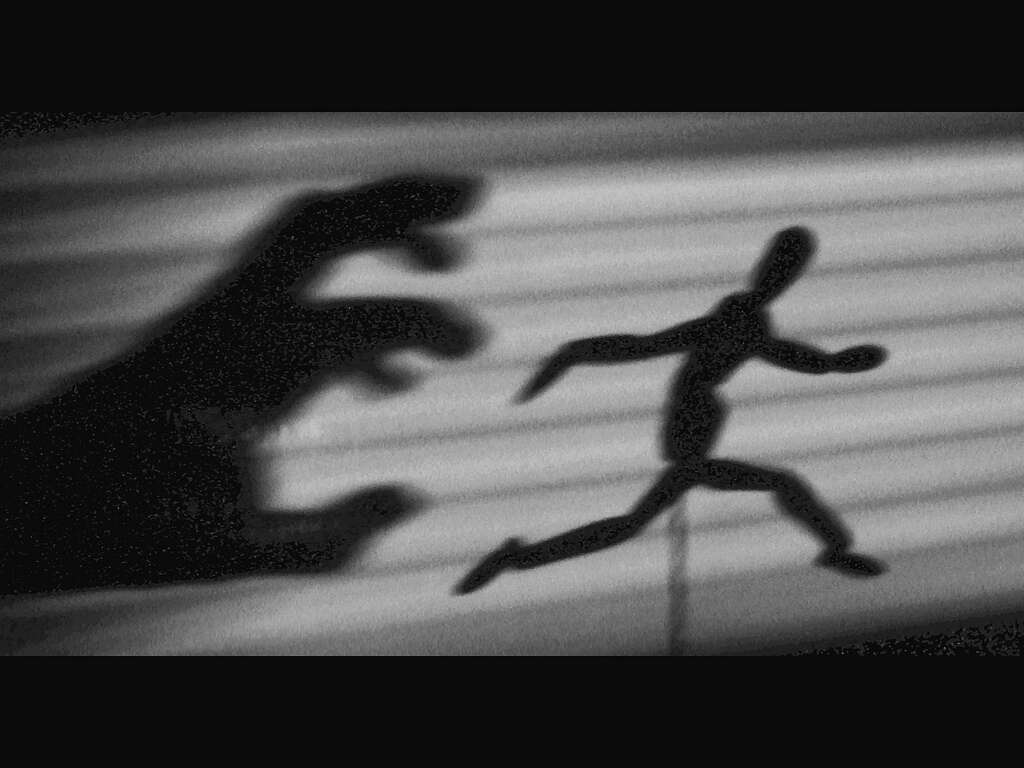10 Anxiety Attack Symptoms
 Article Sources
Article Sources
- 1. Brenes, G. A., Miller, M. E., Stanley, M. A., Williamson, J. D., Knudson, M., & McCall, W. V. (2009). Insomnia in older adults with generalized anxiety disorder. The American journal of geriatric psychiatry : official journal of the American Association for Geriatric Psychiatry, 17(6), 465–472. https://doi.org/10.1097/jgp.0b013e3181987747
8. Increased Heart Rate
In addition to the cognitive and emotional symptoms, people with anxiety disorders can often experience physical signs and symptoms related to the pathologic activation of the autonomic nervous system (ANS). These can include an increased heart rate, palpitations, perspiration, shaking, etc. On the other hand, heart rate’s changes can also occur during severe anxiety episodes due to shortness of breath.
The ANS regulates the involuntary functions of many of our internal organs, such as the heart rate, respiratory rate, digestion, urination, pupillary response, and sexual arousal. This system is divided into two: the sympathetic nervous system (SANS), which is in charge of the fight or flight response (among other things), and the parasympathetic nervous system (PANS), which controls the opposite bodily responses. For instance, picture yourself in front of a giant bear: You should run, right? As a response, the SANS is going to prevail over the PANS to increase your heart rate and respiratory rate (among other changes). It does this, to redirect oxygenated blood to your muscles for the purpose of running or fighting, if necessary. Now, imagine that, in the absence of a threat, your body’s fight or flight response still activates and your heart rate increases. Simply put, this is an example of what patients with anxiety disorders can experience.
Advertisement











